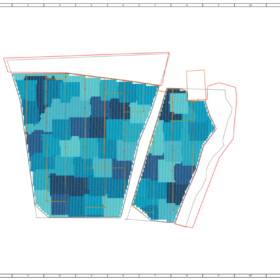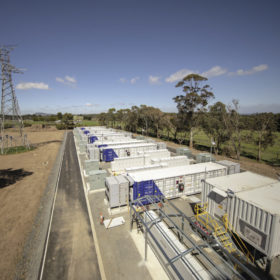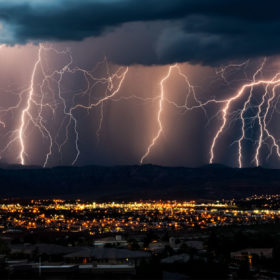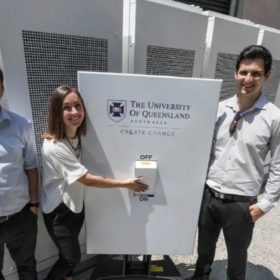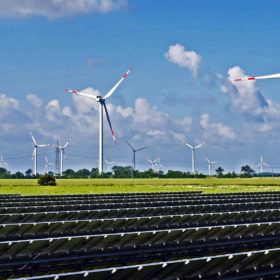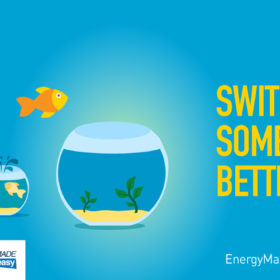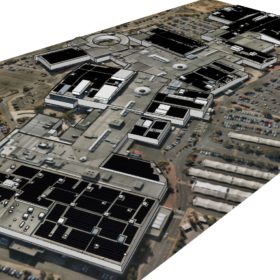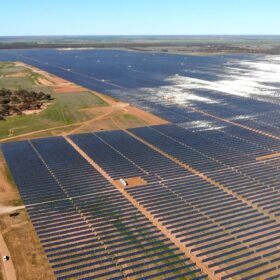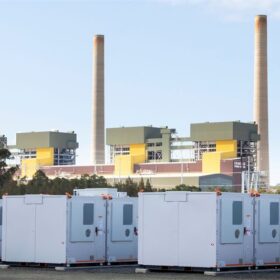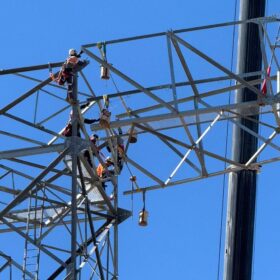Spanish startup RatedPower, pioneer in the development of software to optimise the design of solar plants
By scanning millions of iterations, pvDesign finds the best plant configuration and automatically generates over 300 pages of detailed documentation in seconds. The Spanish firm has just landed its first Australian client.
Fluence proposes 250 MW BESS case scenario to VNI West RIT-T
Who says that upgrade of energy transmission need march across the landscape as massive metal towers strung with buzzing electricity lines? One battery energy storage system provider is offering an alternative vision — fast deployment, scaleability and flexible application of assets that can’t be stranded…
Extreme weather and electricity reliability: Resilience is key
New research by digital services company, Accenture, finds global energy-utility executives feeling underprepared for the increasing frequency of extreme weather events caused by climate change. It’s time to expand the definition of reliability.
UQ’s Tesla battery is paying for itself
The University of Queensland has released a performance report on the Tesla Powerpack it installed in December 2019. Across a range of revenue streams, the Powerpack is already earning the university some serious cash.
WePower shows data centres how to save and rave about their renewable cred
Commercial and industry sectors need a path to transition. In a new study released today, WePower picks the low-hanging fruit, identifying data centres as ripe for renewables.
Solar feed-in upgrade to Energy Made Easy Govt comparison website
Last week the Morrison Government launched the revamped version of its energy price comparison website, Energy Made Easy. The website carries new features installed by the Australian Energy Regulator (AER) designed to help Australians get a better deal on their energy bill.
Solar shopping in the Sunshine State
Topping off a big week for solar in Queensland, Premier Palaszczuk announced the partnership between Energy Queensland owned Yurika and the Queensland Investment Corporation which will see 15 MW of solar installed across five shopping centres.
Time to enable shovel-ready renewable projects to repower Australia’s economy
Renewable energy is forging through the Covid-19 crisis and ready to contribute even more than cheaper, cleaner energy to Australia’s recovery from the economic disaster brought on by the pandemic. A Clean Energy Council forum held today provides strategies and resources for Government and business to apply to a revitalised, more resilient future.
Octopus intel to power Origin customer experience
In coming years digital services will transform end-to-end energy management, from the point of generation to bill payment. Origin Energy has announced plans to adopt Octopus’s Kraken platform as it also buys a piece of the tech-tailer’s action.
Nectr executive scores CEC Women in Renewables AICD scholarship
At start-up Australian renewable-energy retailer Nectr, an executive team champions diversity, and its strategy leader takes home a scholarship to boost women’s confidence in corporate governance. The future looks refreshingly different.
